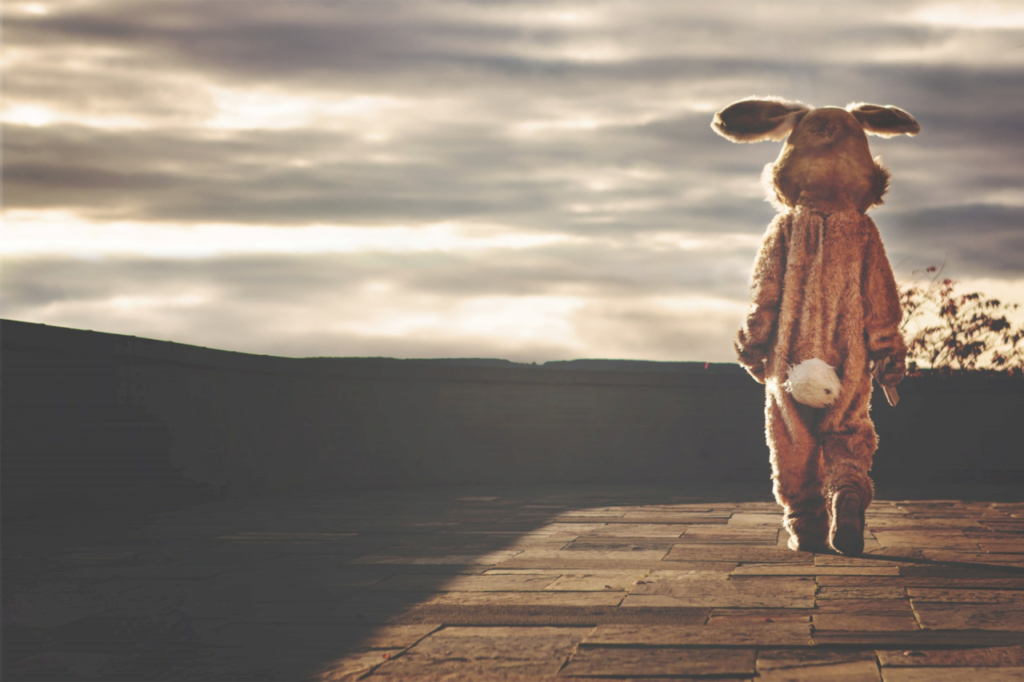What is the most perfect thing in your life?
But is it perfect?
Perfect means that it is without blemishes or faults, that it is complete and without error.
As you think about your most perfect thing, however, you may recognize that it’s full of flaws, imperfections, chips, and faults. That it’s anything but perfect — at least by that definition.

And as you think about those “imperfections,” you may find a smile crawl across your face.
That’s because they aren’t a negative thing. They give your “perfect” thing character. They give a visual impression that the thing or person has lived or has been loved, as best described in this excerpt from one of my favorite stories, The Velveteen Rabbit:
“By the time you are Real, most of your hair has been loved off, and your eyes drop out and you get loose in the joints and very shabby. But these things don’t matter at all, because once you are Real, you can’t be ugly, except to people who don’t understand.”
Yet in the Western world, we have this ever-thriving desire to seek perfection, which causes us to lose sight of the pure beauty of the world.
But is there another way to see the world?
Wabi-Sabi is the Japanese practice of seeing the “perfect” in imperfection.
The practice does not seek to hide faults, but rather is a way of emphasizing the faults, and shifting the way in which we see them through these 7 elements:
-simplicity
-irregularity
-beauty in understanding
-naturalness
-subtle grace
-tranquility
-freeness
For example, I have a tendency to put things in different places in the refrigerator each time I use them. The way I shift things around used to be a constant source of consternation for my husband, Charlie. As the person who cooks 99% of the time, I was fine with the slight shifts, as I knew where I put things, but Charlie not so much (plus, if I shifted things around consistently, there was no risk of a 5-month old whatever being left abandoned in the back of the fridge!).
The practice of wabi-sabi, in this case, is about Charlie recognizing that I will not put things back in the same exact spot, and seeing the beauty of understanding how my brain works, the free-spiritedness and naturalness of my process, and appreciating its purity.
These elements, when imbued into our practice, heighten the quality, and truthfulness of our relationships, and our entire existence.
By embracing this practice, we become less inclined to chastise ourselves, our partners, and our practice, because we are no longer chasing some fantastic ideal. Recognizing and valuing these elements shift our perspective away from what the world and media prescribe for us, and towards the authentic beauty that exists within our lives, practices, relationships, and selves.
Of course, our lives, our relationships, and our practices are not without fault.
Yet, in inviting ourselves to curiously ask, “How can I find the beauty of simplicity in my day/movement practice/meditation/relationship?,” we change the dynamic. It helps us to cultivate a reverence for the practice by consistently admiring its simplicity, imperfection, subtle grace, and freeness.
Consistent practice heightens the experience even further, thus strengthening it through reverence, transforming routine into ritual.
This week, be curious and explore seeing your life the Wabi-Sabi way. If you can practice it with consistency, how might it affect your life?
